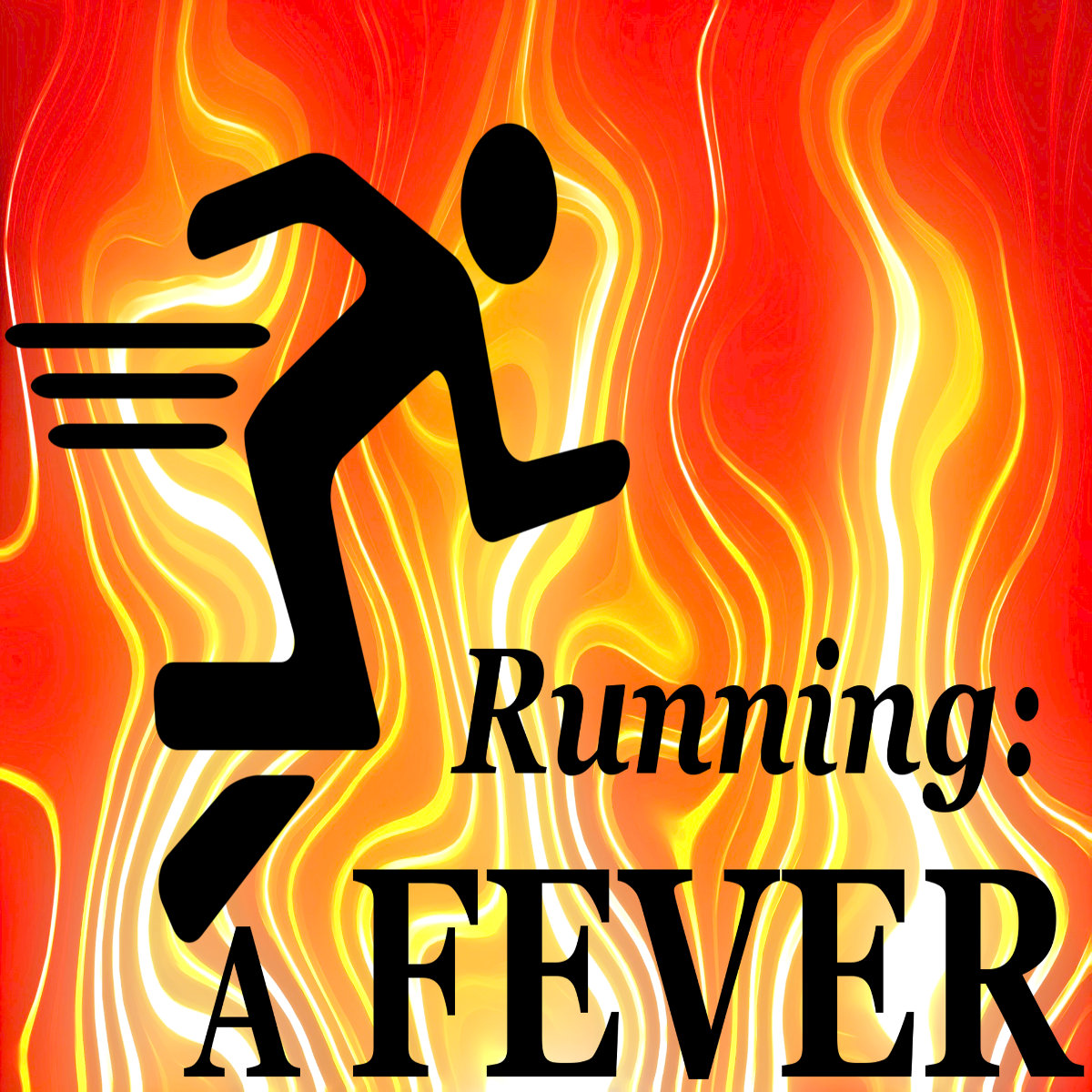What is good cholesterol, and what is bad? We’re concerned about cholesterol because it has become common knowledge that too much can lead to heart disease, which is the number one cause of death in most of the developed world. But cholesterol isn’t all bad. There is also good cholesterol, and if you have enough of that, your risk of heart disease actually drops!
So what are the types of cholesterol, which is good and which is bad, and how do we get more of the good kind and less of the bad?
Bad Cholesterol is called LDL, which stands for Low-Density Lipoprotein. Lipoproteins are the packages in which cholesterol is transported throughout the body. LDL cholesterol increases the risk of heart disease. How? It builds up in arteries forming plaque and causing a condition called arteriosclerosis, aka “hardening of the arteries”. This impairs blood flow and makes your heart’s job that much harder.
Good Cholesterol is called HDL, or High-Density Lipoprotein. HDL decreases the risk of heart disease. This kind of lipoprotein carries cholesterol from other parts of the body to your liver where it can be dealt with. So it’s the opposite of what LDL does.
Cholesterol is very important to how the body works. It forms the walls of all animal cells.
Dietary cholesterol comes in the forms of HDL and LDL but the American Heart Association’s recommendations are based on total blood cholesterol. This makes sense, since the lippoprotein HDL reduces total blood cholesterol and LDL increases it.
Cholesterol is measured in mg/dL. A score of less than 200 is desirable, and is associated with a lower risk of cardiovascular disease. 200-240 is considered borderline high risk, and 240+ is high risk. My recommendation is to make sure you get a cholesterol test as part of an annual physical exam.
Controversy. The claims of benefits of a low-saturated fat diet have been challenged. An NCBI (National Center for Biotechnology Information) analysis of the widely published studies on which the USDA relies in its dietary recommendations found one study which said the evidence “does not clearly support cardiovascular guidelines that encourage high consumption of polyunsaturated fatty acids and low consumption of total saturated fats. The claim of HDL’s beneficial effect has also been challenged.
Bottom line, there is more to be learned. Check out episode 140 for more on trans fat, saturated fat, and omegas!
References:
https://en.wikipedia.org/wiki/Cholesterol (very technical)
https://medlineplus.gov/ldlthebadcholesterol.html#targetText=It%20is%20sometimes%20called%20the,body%20back%20to%20your%20liver.
Weight 7-day Avg. (change since Jan 2018): 221 (-53)
Workout time: 0 Minutes
Total Distance (total since Nov 2017): 0 Miles (591.78)
Steps: 4,304
Muscle Mass 7-day Avg. (change since Aug 2018): 153.15 (+10)
Body Fat 7-day Avg.: 31%
Daily Sleep Duration 7-day Avg: 5 hours
2019 Goal: 15% Body Fat
